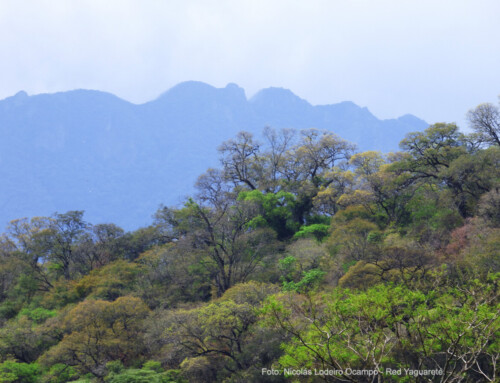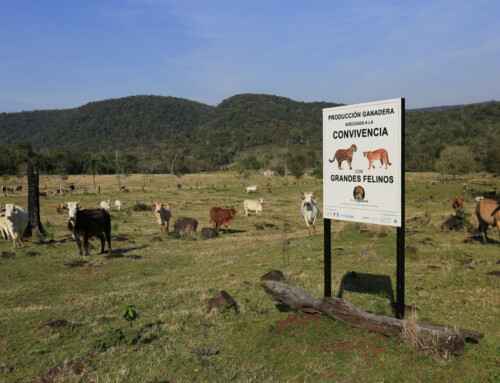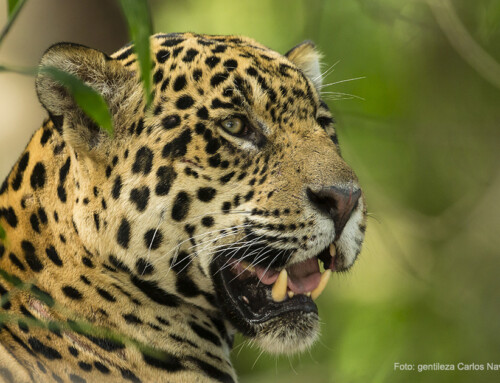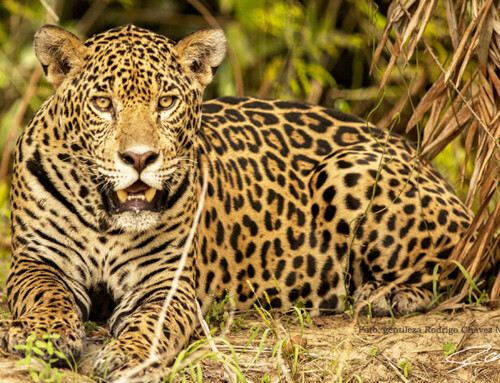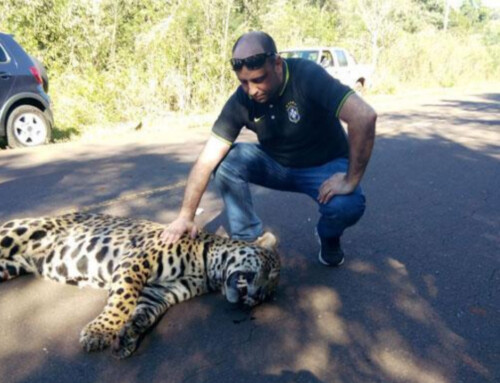Jaguar Panthera onca in its southernmost range: use of a corridor between Bolivia and Argentina 795.41 KB 6 downloads
...Corridors can prevent local extinction of particular species by connecting populations and are crucial for the long-term conservation of large animals and species with large homeranges such as jaguars. To assess the functionality of the proposed Tariquía−Baritú corridor between Bolivia and Argentina, we used the jaguar as a focal species. We conducted 254 interviews with local residents in 103 of 117 sampling units (each 36 km2) from November 2009 to February 2012, regarding the presence of the jaguar Panthera onca and 6 prey species: the whitelipped peccary Tayassu pecari, collared peccary Pecari tajacu, red brocket deer Mazama americana, gray brocket deer Mazama gouazoubira, capybara Hydrochaeris hydrochaeris and agouti Dasyprocta punctata. We applied site occupancy modeling using environmental covariables.
Sampling units effective for jaguar and for the future of the corridor were selected based on having a minimum 65% likelihood that the jaguar and at least 4 of 6 prey species use habitat within that unit. The final corridor was 3168 km2 and encompassed 88 of the sampling units, suggesting that connectivity still exists between Tariquía Reserve and Baritú National Park and, therefore, that this corridor qualifies for long-term conservation. Changes in human land use, direct hunting and the presence of a route bisecting the study area are considered the main threats to the future of the corridor. Corridors are an effective conservation measure but must be accompanied by other conservation solutions.


